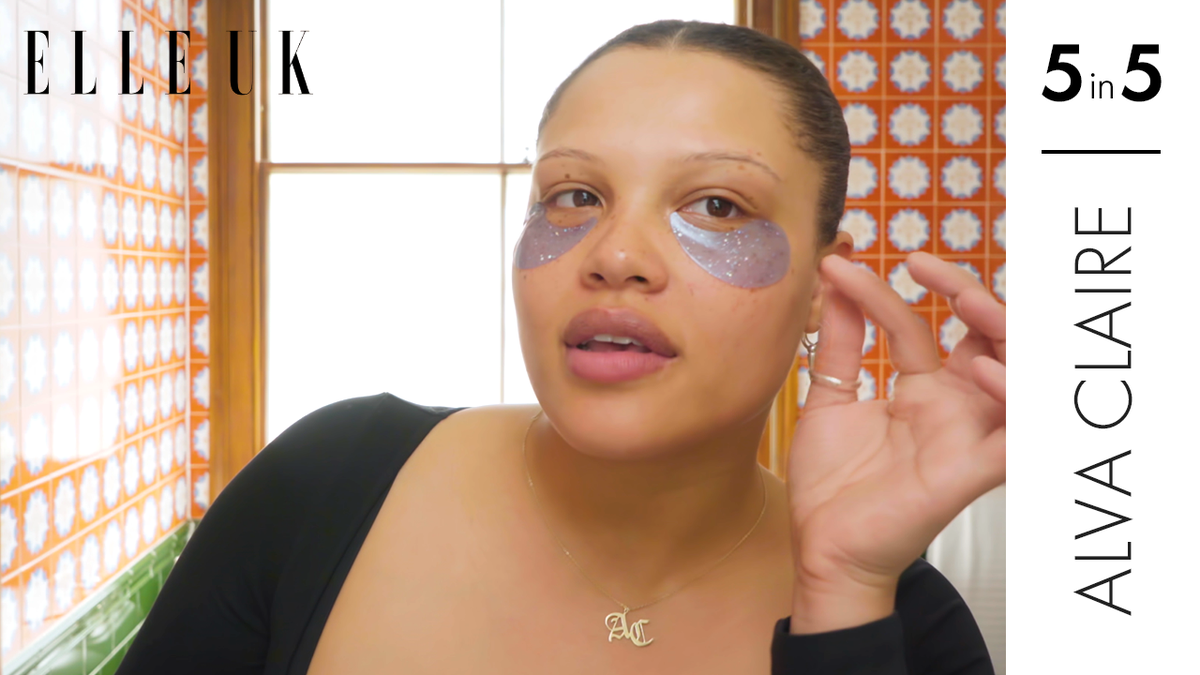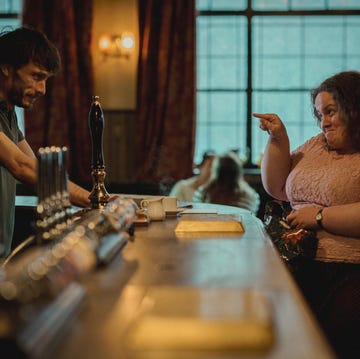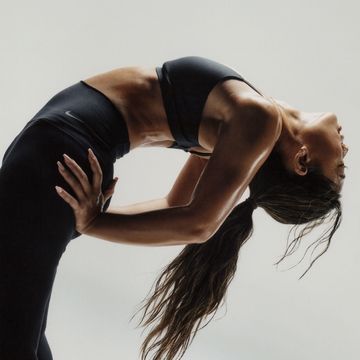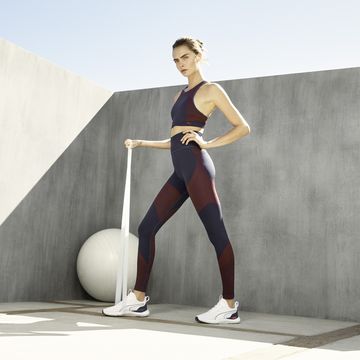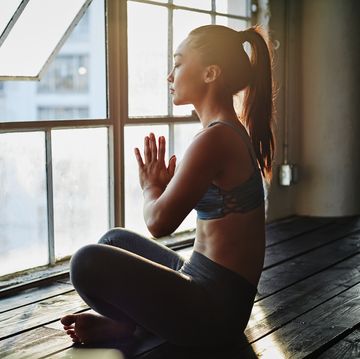79 percent of runners get injured every year and it feels like no amount of stretching, new shoes or rest can prevent it. But maybe there is something to be done - writer Chris McDougall, the man who inspired me to start pounding the pavement with his book Born to Run, believes it's all down to 'smarter feet'.
'We were once the greatest endurance runners on earth...'
Running was a key part of human evolution, according to McDougall, 'We were once the greatest endurance runners on earth. We didnt have fangs, claws, strength or speed, but the springiness of our legs and our unrivaled ability to cool our bodies by sweating rather than panting, enabled humans to chase prey until it dropped from heat exhaustion'. But now our sedentary lifestyles mean we do ourselves damage far more frequently than our ancestors did. After all, if 79 per cent of them they got injured running, there would either be no dinner - or they would wind up dinner themselves. So if you want to ensure that you're not one of the 79 per cent, you need to improve your running form.
Learning to Run Again
One of the most common causes of injury is heel striking - landing on your heel - causing immense, jarring pressure on your bones. If you want to know how you should be running, take your trainers off and run barefoot. You'll notice you won't naturally land on your heel. This is how you should run all the time. But removing your trainers won't remove the problem instantly, it still takes practice - namely, the 100-Up. Invented in 1874 by Walter George, a 16yearold chemist's apprentice who used the method to train in his lunch hour, it eventually made him the fastest amateur runner in England.
The 100-Up How-to
There are two parts to the 100-Up: Minor and Major. Start by practicing the Minor move and progress, over time, to the Major. First. draw two parallel lines on the ground around 45cm long and 20 cm apart. Place your feet along the lines in the centre. Start by lifting your right foot up and bending your knee so it's at a 45 degree angle at hip height. Place your foot back down in the same position, move to your left knee. Keep alternating the move. The key is to keep your form correct building up until you can do 100 perfectly. It sounds easy, but it takes practice.
The Major move is where your emulate running using the Minor method. Start on the balls of your feet, heels up, head and body very slightly tilted forward and arms loose by your sides. Now spring from one foot to the other, bringing your knee up to hip height each time. The only difference between this and running is that the foot returns to the original position each time instead of propelling you forwards. Again start small and gradually build up to 100 reps.
Watch the 100-Up in action
The other key factor to getting the 100-Up right is swapping overly cushioned shoes for lightweight trainers or even bare feet (although this may take some added practice).
Five months after practising 100-Upping, McDougall was hooked. 'Last fall, at the end of a local 10-mile trail race, I surprised myself by finishing five minutes faster than I had four years ago, when I was in much better shape. I figured the result was a fluke until it happened again. No special prep, awful travel schedule and yet a personal best in a six-mile race...The only difference is Ive been 100-Upping.'
Click here for ELLE's reviews of 'barefoot' trainers...
You can read Chris McDougall's original article 'The Once and Future Way to Run' here...
